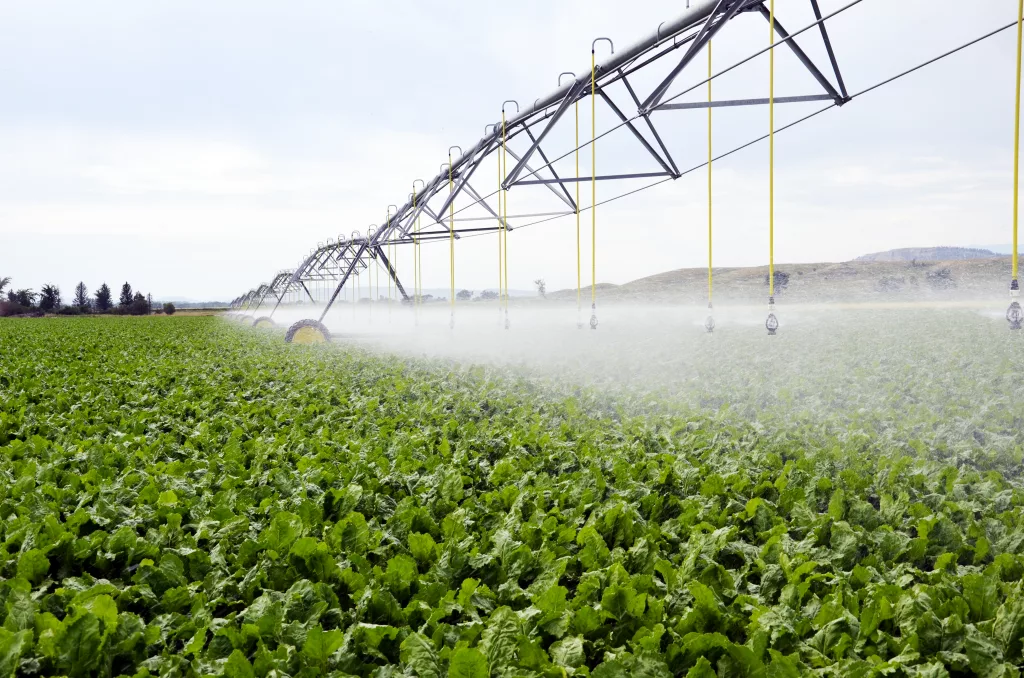On Tuesday, June 18, 2024, the Oregon Department of Agriculture (ODA) released information on the state’s top 20 agricultural commodities. Nine of these top crops are produced in the Klamath Basin, and seven Klamath-grown commodities are in the state’s top 10.
ODA has based its values and estimates on the 2022 crop year.
According to ODA’s information, Oregon’s nursery and greenhouse industry remains the state’s leading agricultural commodity, with a value of $1.22 billion in 2022. Cattle remained in second place, with a value of production totaling $791.5 million in 2022, up 17 percent from 2021.
Hay and milk have each increased one position from the previous year to third and fourth in state rankings, respectively. Grass seed ranked fifth with an estimated value of $639.1 million in 2022. Most of the grass seed acreage is in the Willamette Valley.
Nationally, Oregon ranks No. 1 for the production of hazelnuts, Christmas trees, rhubarb, crimson clover seed, orchard grass seed, fescue seed, ryegrass seed, red clover seed, sugar beet for seed, and white clover seed.
With hundreds of millions of dollars of benefit to the local economy, the top commercially produced commodities in the Klamath Basin that are in the state’s top 20 include greenhouse/nursery, cattle, hay, milk, wheat, potatoes, onions, Christmas trees, and industrial hemp.
A recent agricultural economics study conducted by Oregon State University stated that the Klamath Basin has an annual farm production value of $367.8 million, impacting over 3,000 jobs in the region. Jobs from labor on the farm to suppliers, fertilizers, packers, and more.
“The impact of agriculture locally and throughout the entire state is remarkable,” said KWUA President Tracey Liskey, who has also held leadership positions in Oregon Farm Bureau. “It is wonderful to have so many of the state’s top products grown right here in the Klamath Basin. A huge asset for the local economy.”
ODA recognizes the diversity of Oregon agriculture, which produces more than 225 commodities across the state, each of which brings value to the state’s economy.
Similarly, the farms and ranches on the Klamath Project (Klamath County, Oregon, Modoc, and Siskiyou Counties in California) produce far more than just the top commodities. Large commercial productions also grow garlic, horseradish, lettuce, berry root, and mint. Considerable acreage in these crops is organically produced. Smaller commercial productions on the Klamath Project include microgreens, tomatoes, carrots, and other produce.
ODA’s report indicates that the newly released statistics are primarily from USDA NASS in collaboration with Dave Losh, Oregon State Statistician. ODA, Oregon Department of Fish and Wildlife, Oregon Wine Board, and the Oregon grass seed industry also provided estimates.
See ODA’s report on Oregon’s Top 20 Commodities at https://odanews.wpengine.com/oregon-releases-updated-top-20-agricultural-commodities-2/
See more Oregon agricultural statistics at https://www.kwua.org/klamath-ag-a-major-player-in-state-cultivation/





